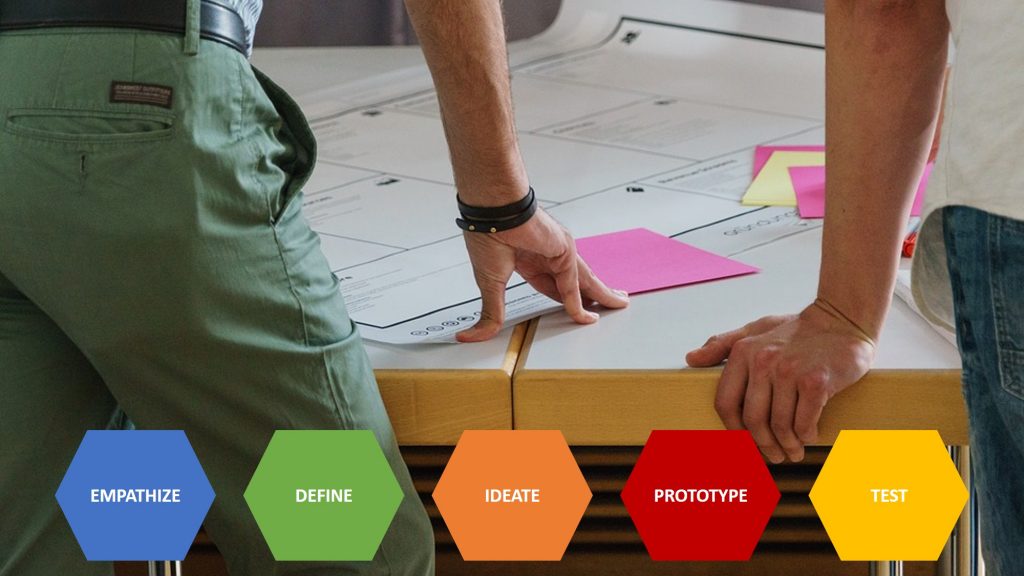
GUEST POST from Chateau G Pato
Design thinking is an iterative process used to create innovative solutions to complex problems. It involves a holistic approach to understanding and addressing issues related to human needs, technology, and the environment. This approach has had a profound impact on the way human-centered design is approached, giving designers more tools to create meaningful experiences for users.
Design thinking is a creative process that begins with understanding the user. It involves empathizing with their wants, needs and motivations, and using this knowledge to develop creative solutions. Designers use this process to identify opportunities for improvement, and to create innovative products, services, and experiences.
At the core of design thinking is the concept of human-centered design. Human-centered design puts the user at the center of the design process, focusing on their needs and desires, and designing for them instead of for the designer. This approach focuses on creating solutions that are tailored to the user, rather than solutions that are merely aesthetically pleasing or technically sophisticated.
One example of the impact of design thinking on human-centered design is the development of “experience design.” Experience design is a process used to create an emotional connection between a product, service or experience and the user. It involves understanding the user’s needs, desires, and motivations, and designing an experience that meets them. By focusing on the user’s needs, experience design can create a more meaningful and personal experience for the user.
Another example of the impact of design thinking on human-centered design is the development of “service design.” Service design is a process used to create a positive customer experience by understanding their needs, desires, and motivations, and designing an experience that meets them. This approach focuses on creating solutions that are tailored to the customer, rather than solutions that are merely aesthetically pleasing or technically sophisticated. Service design can help companies create a unique and personal experience for their customers, which can lead to increased loyalty and engagement.
Design thinking and human-centered design have revolutionized the way designers approach creating solutions for users. By putting users at the center of the design process, designers are able to create solutions that are tailored to their needs and desires. This has led to more meaningful experiences for the user, and has revolutionized the way products, services, and experiences are designed.
SPECIAL BONUS: Braden Kelley’s Problem Finding Canvas can be a super useful starting point for doing design thinking or human-centered design.
“The Problem Finding Canvas should help you investigate a handful of areas to explore, choose the one most important to you, extract all of the potential challenges and opportunities and choose one to prioritize.”
Image credit: Pixabay
![]() Sign up here to get Human-Centered Change & Innovation Weekly delivered to your inbox every week.
Sign up here to get Human-Centered Change & Innovation Weekly delivered to your inbox every week.